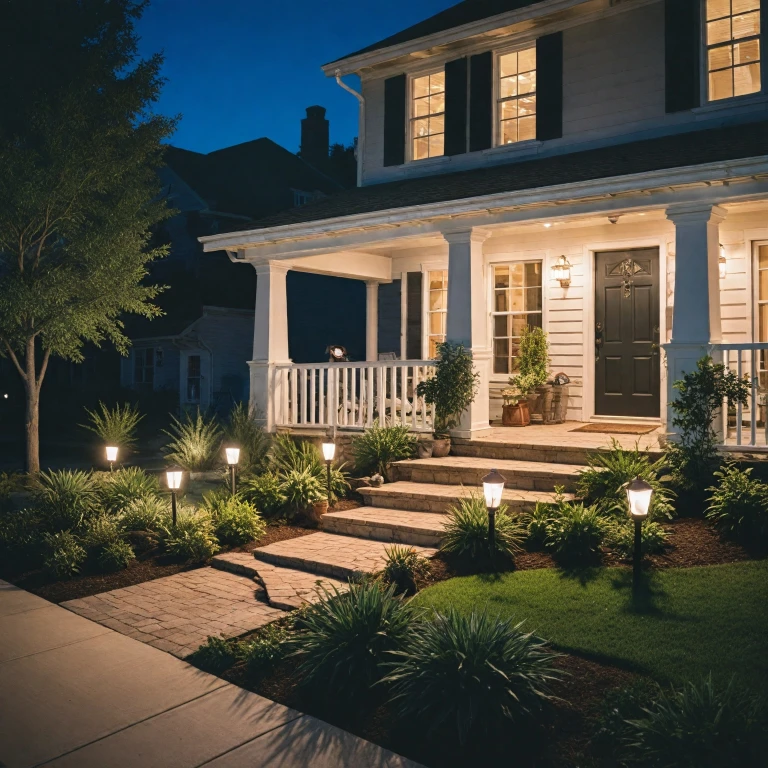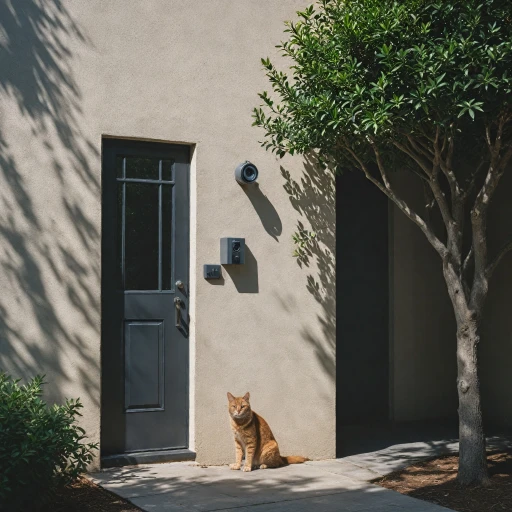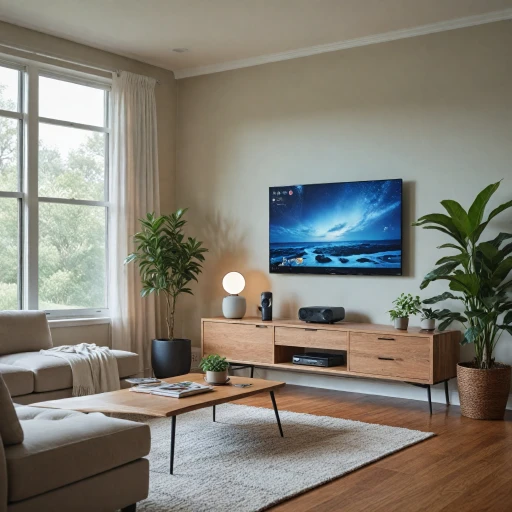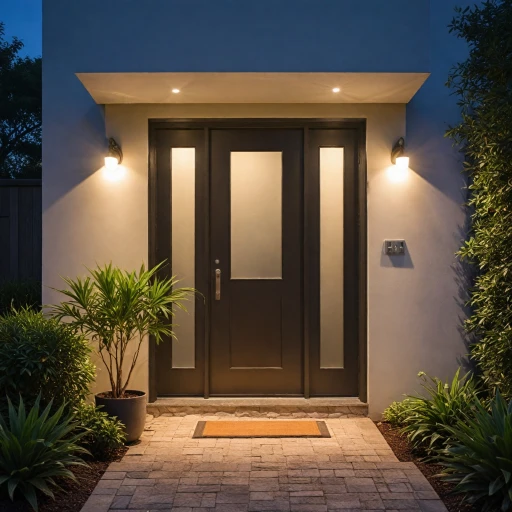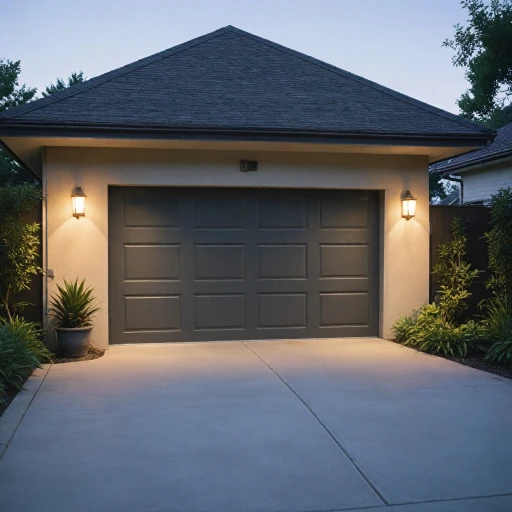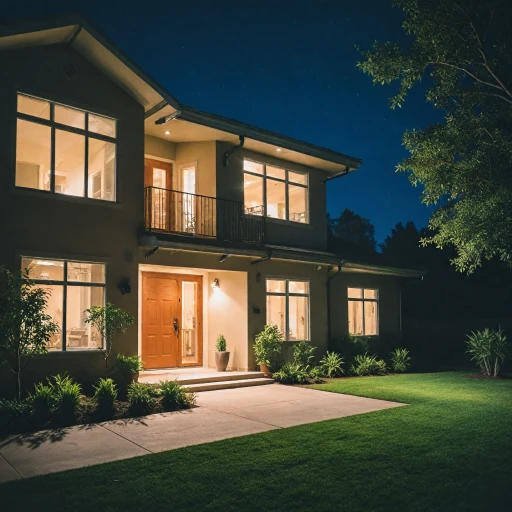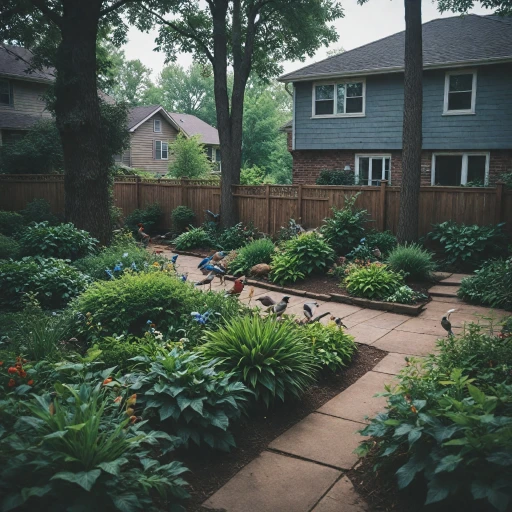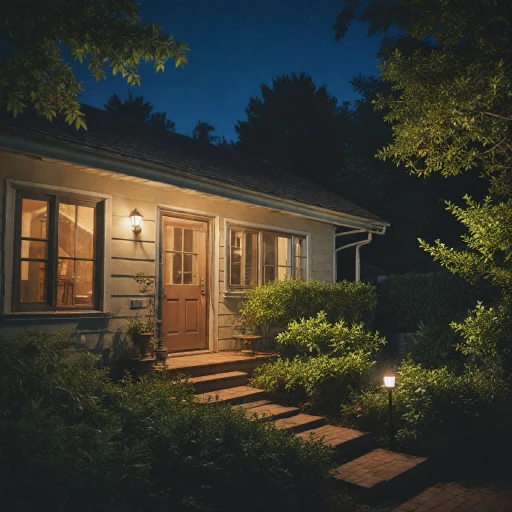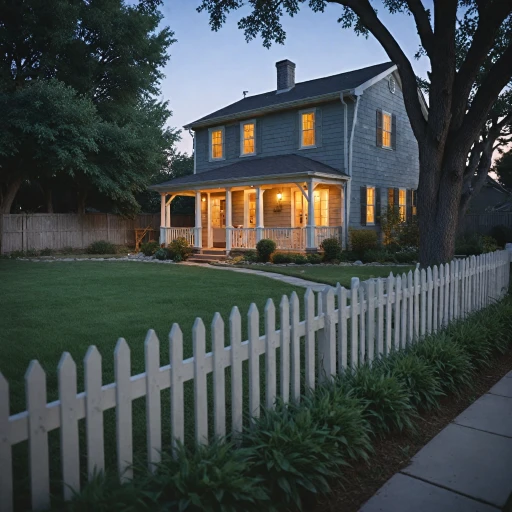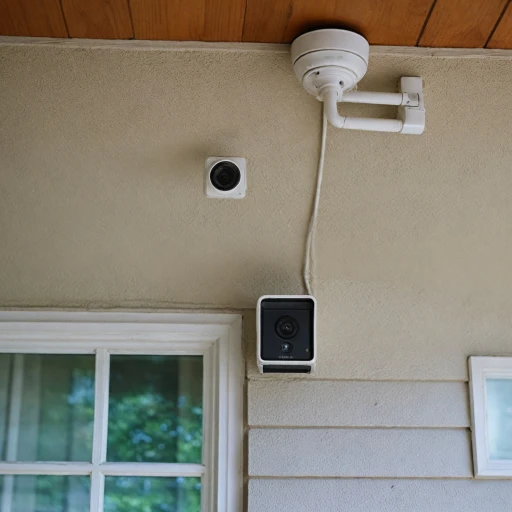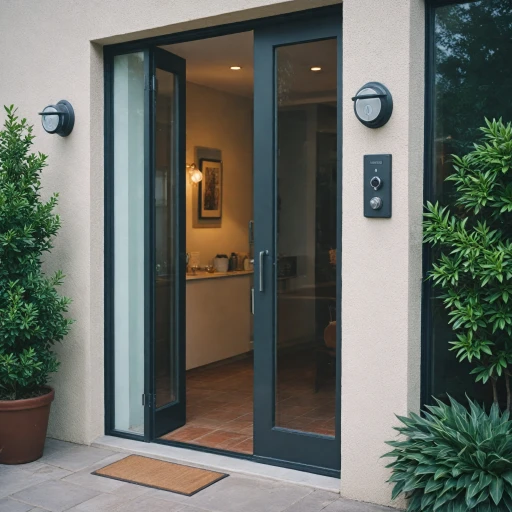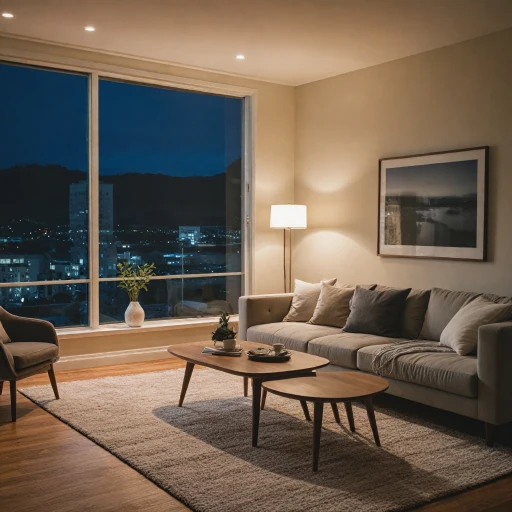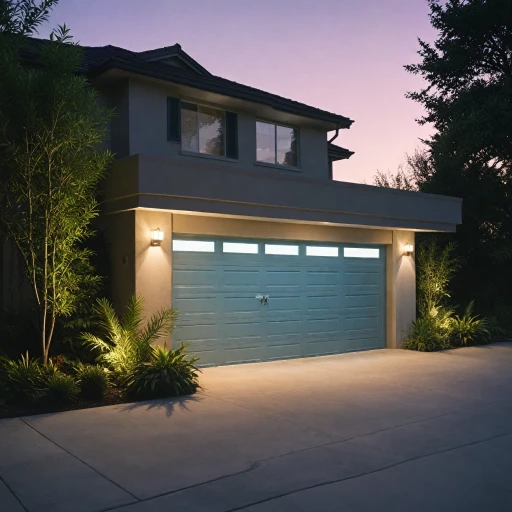
Understanding Your Camera's Features
Exploring Your Camera's Capabilities
Understanding the features of your security cameras is fundamental to getting the best out of your investment. From capturing high-quality video to enabling real-time alerts, each aspect of your camera can enhance the safety and security of your home. Here's a closer look at some key features to familiarize yourself with:- Resolution and Image Quality: The clarity of the video feed is crucial for identifying any potential threats. Modern cameras offer high-definition content, providing a clear view that's essential in security situations.
- Field of View: Knowing the extent of your camera’s view can help in maximizing coverage. Cameras with a wide field of view reduce the number needed, saving on cost and installation time.
- Night Vision: Many crimes occur under the cover of darkness, and a camera with night vision ensures you are protected 24/7.
- Motion Detection: This feature alerts you when movement is detected, allowing for quick action. Ensure that motion sensitivity settings are balanced to avoid false alarms, particularly if your camera is mounted outdoors.
- Connectivity and Integration: Most modern security cameras offer options to connect via WiFi, and can integrate seamlessly with other smart home systems. This enhances your ability to monitor your home remotely.
Optimal Camera Placement
Strategically Position Your Cameras for Maximum Coverage
When you’ve invested in security cameras, it's crucial to locate them where they will provide the best protection for your home. Optimal placement can significantly enhance the efficacy of your security system and, by extension, your peace of mind. Here’s how to do it right:- Evaluate Entry Points: Focus on coverage around primary entry points such as doors, pathways, and ground-level windows. These are often the most targeted by potential intruders, making them critical areas for surveillance.
- Height and Angle Matter: Your camera mount should be secure and positioned at a height that prevents easy tampering while ensuring a comprehensive view. A height of 8 to 10 feet is recommended for most home exteriors.
- Post and Mount Solutions: Utilizing existing fence posts or adding new ones with a mount allows for flexible camera positioning. Products with a threaded insert ensure a more secure fixing, providing a stable view over time.
- Cover Blind Spots: Avoid blind spots by planning camera placement in a manner that ensures overlapping fields of view. Multiple cameras can be strategically placed around the property to thoroughly cover all vulnerable areas.
- Consider Environmental Factors: If you choose a solar-powered camera, ensure it receives adequate sunlight. Weather-resistant options are vital in the United States, where varying climate conditions can affect the camera's functionality.
- Review Night Performance: Make sure your camera’s night vision and low-light performance are up to par, especially if it’s intended for outdoor use.
Regular Maintenance and Updates
Consistent Care and Updates Keep Cameras Sharp
When it comes to maintaining your security system, consistency is key. Ensuring your cameras are in top condition can protect your investment and enhance their functionality.- Regular Cleaning: Dust and debris can easily accumulate on your security camera lenses, particularly if they are mounted outdoors on an existing fence or post. Regularly clean the lens with a microfiber cloth to maintain a clear view of your surveillance area. For mounted cameras near garden rows or trails, check for insect nests or webbing.
- Software Updates: Like any technological product, security cameras require timely updates to optimize performance and security. Check with the manufacturer for firmware updates to ensure your camera is using the latest features and protections. This practice protects your footage and aligns with your privacy policy.
- Battery and Power Checks: For those using solar or battery-powered systems, consistently inspect power levels. A camera mounted on a trail or utilizing solar panels will need different attention compared to those hardwired into a building. Account for variables like daylight changes and seasonal shifts when using solar products.
- Reviewing Video Content: Regularly reviewing and organizing stored video content not only clears memory for new footage but ensures your security system remains efficient. This is crucial for video archiving and incident review.
Privacy Considerations
Safeguarding Your Privacy with Security Cameras
When setting up security cameras, it's crucial to balance security with privacy. While cameras enhance safety, they can inadvertently infringe on personal privacy if not used responsibly. Here are some key considerations to ensure your security system respects privacy rights.
- Understand Legal Requirements: In the United States, laws regarding video surveillance vary by state. Familiarize yourself with local regulations to ensure compliance. Avoid pointing cameras at areas where privacy is expected, like neighbors' yards or inside living spaces.
- Camera Placement: As discussed in optimal placement strategies, positioning your cameras thoughtfully can prevent privacy violations. Mount cameras high enough to capture necessary views without intruding on private spaces.
- Secure Your Video Content: Protecting the video content your cameras capture is vital. Use strong passwords and encryption to safeguard footage from unauthorized access. Regularly update your security systems to patch vulnerabilities.
- Privacy Policy: If your security system involves multiple users or is part of a community setup, establish a clear privacy policy. This policy should outline how video content is used, stored, and shared.
- Consider Camera Features: Some products offer privacy masks or zones that allow you to block out specific areas from being recorded. This feature can be particularly useful for maintaining privacy while still securing your property.
By taking these steps, you can ensure that your security cameras provide the protection you need without compromising the privacy of yourself or others. Remember, a well-thought-out security system respects both security and privacy, creating a safe and comfortable environment for everyone involved.
Integrating with Smart Home Systems
Creating Seamless Integration with Smart Home Systems
Adding a home security camera to your smart home ecosystem can elevate the level of security and convenience. The integration can be fairly straightforward if you keep a few key points in mind. Here's how you can successfully merge your security cameras into your automated home setup:- Compatibility Check: Before you enhance your setup, make sure the security cameras, such as popular models like a trail camera or cellular trail camera, are compatible with your existing smart home systems. Many products provide compatibility details in their customer reviews and through a thorough product description.
- Centralized Control: Utilize a central hub or a unified app to manage all your smart devices, from lighting to security cameras. This can enhance your user experience, reducing the complexity of juggling multiple apps or interfaces.
- Voice Command Setup: Modern products often come with features that allow integration with voice-activated assistants. This can transform how you interact with your home security system, enabling voice commands to view live camera feeds or to modify settings easily.
- Automated Triggers: Incorporating automated triggers can exponentially increase the security of your home. For example, setting your trail camera to send alerts directly to your smart device when it detects motion or switching on lights when your camera system activates.
Troubleshooting Common Issues
Tackling Frequent Camera Glitches
Even with a top-tier security camera system, issues can occasionally arise. Addressing these common concerns effectively requires patience and a systematic approach.- Intermittent Connectivity Issues: If your cameras repeatedly lose connection, especially cellular trail cameras, consider the positioning of your camera relative to your Wi-Fi router. Obstacles such as walls or large metal objects on existing fence posts can interfere with signals. For outdoor models, weather conditions might be a factor. Relocating your camera mount might help in such cases.
- Streaming Delays or Quality Drops: A consistent high-speed internet connection is vital for smooth video transmission. Ensure that your network can handle the bandwidth requirements of high-definition video streams. This may require upgrading your internet plan to support high-definition streams, especially when multiple cameras are active.
- Power and Battery Concerns: Battery-powered cameras, including black camera solar models and hunting trail cameras, may face issues faster than wired ones. Regularly checking battery levels can avert sudden power losses. For solar-powered cameras, make sure your solar panels receive adequate sunlight daily to recharge the battery effectively.
- Lag in Motion Detection Alerts: If you find that motion alerts from your trail camera or mounted systems are delayed, check your camera's settings. Some cameras allow you to adjust sensitivity levels that might be causing this lag.
- Mounting Challenges: Securely mounting your product is crucial for reliable operation. Mount allows flexible positioning, so using a camera mount or a threaded insert on posts or walls can prevent unwanted shifts in view or accidental dislodging. Trail cameras commonly use a post mount system for easy and secure placement.

